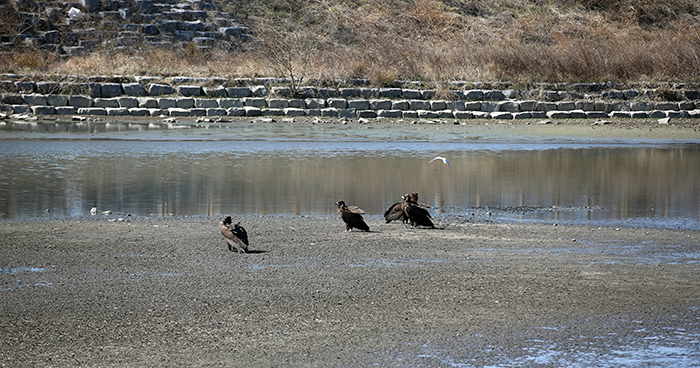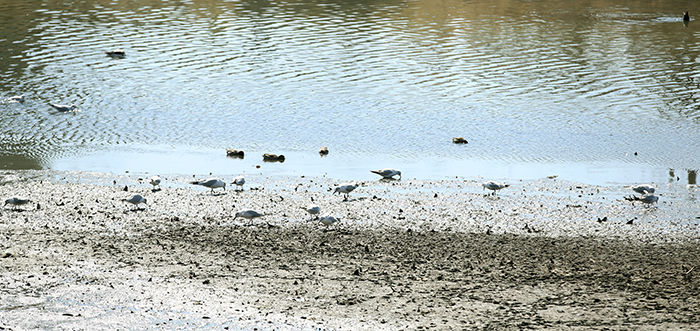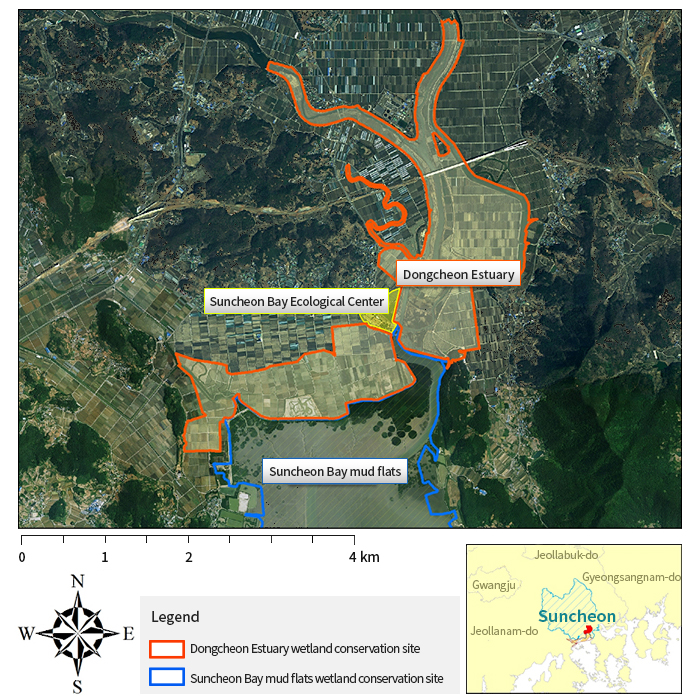
The Dongcheon Estuary, located in Suncheon City, Jeollanam-do Province, is home to some 39 species of endangered birds, such as golden eagles, black-faced spoonbills and storks. All in all, the site provides a habitat for 848 species of wild flora, fauna, and other wildlife.
The Dongcheon Estuary (순천 동천하구), located in Suncheon City, Jeollanam-do Province, has been designated as a Ramsar Site, a wetland of international importance as defined by the Ramsar Convention.
As an intergovernmental body whose aim is to preserve wetland resources around the world, the Ramsar Convention grants Ramsar Site designation to wetlands with rare or unique environments and extensive biodiversity.
Korea first joined the Ramsar Convention back in May 1997, becoming the 101st country to join the international network. In the same year, the Yongneup swampland, situated atop Mt. Daeam (대암산용늪) in Gangwon-do Province and composed of two bogs surrounded by deciduous broad-leaved forests, was designated as Korea's first Ramsar Site. Since then a total of 22 sites, covering some 19,162 hectares, have been registered.

The Dongcheon Estuary serves as a transition zone between river and marine environments, providing a rich habitat for many species of migratory birds.
The Suncheon Bay mud flats (순천만 갯벌), known as a paradise for migratory birds, were designated as a Ramsar Site back in January 2006, while Dongcheon Estuary, a vital wintering and stopover habitat just upstream, was included in the Ramsar list this month.
Occupying the southeastern part of Suncheon City, the Dongcheon Estuary covers an area of 539.9 hectares and provides breeding grounds for some 237 species of birds. The site is also home to around 39 critically endangered birds, such as the golden eagle, the Chinese Egret, and the black-faced spoonbill and provides a habitat for 848 species of wild flora and fauna, and other wildlife.
The estuary acts as a transition zone between river and marine environments and has rich aquatic biodiversity due to its varying salinity, nutrients and the organic matter in its sediment. The reed beds and rice fields along the banks of the estuary also serve as one of the largest wintering grounds for white-naped cranes.
By Lee Hana
Korea.net Staff Writer
Photos: Jeon Han, Korea.net Photographer
hlee10@korea.kr

The Dongcheon Estuary covers an area of 539.9 hectares, making it one of the largest wetland rice-growing areas among designated wetland conservation sites in Korea.